St. Padre Pio: little known facts about his life
His Childhood life
 St. Padre Pio was an Italian priest. He was known as pious and stigmatist. His real name was Francesco Forgione. He was born on May 25, 1887 to a poor farming family in the small town of Pietrelcina, Italy. He had an older brother and three younger sisters. St. Pio and his Family were a very poor but religious family. Francesco couldn't even go to school, which left him behind other kids at his age. Nevertheless, his parent supported his desire to serve God. The family attended mass every day and Francesco was the altar boy in his local church. They also prayed the rosary and fasted for three days in a week in honor of Our Lady of Mount Carmel. Religious life was important to his parents and grandparents who were illiterate but that never failed in telling Francesco and his siblings about stories found in the bible.
St. Padre Pio was an Italian priest. He was known as pious and stigmatist. His real name was Francesco Forgione. He was born on May 25, 1887 to a poor farming family in the small town of Pietrelcina, Italy. He had an older brother and three younger sisters. St. Pio and his Family were a very poor but religious family. Francesco couldn't even go to school, which left him behind other kids at his age. Nevertheless, his parent supported his desire to serve God. The family attended mass every day and Francesco was the altar boy in his local church. They also prayed the rosary and fasted for three days in a week in honor of Our Lady of Mount Carmel. Religious life was important to his parents and grandparents who were illiterate but that never failed in telling Francesco and his siblings about stories found in the bible.
A little unknown fact about St Pio is that when he was young he already possessed a special ability: according to his mother, Francesco could speak and see Jesus, Mary and the angels. No one taught him this and it came so naturally to him that he was expecting that all people could do the same.
During his childhood St. Pio always needed to work. He spent most of his childhood years looking after a small flock of sheep owned by his family.It was only at the age of 5 that he expressed his aspiration to become a priest. He wanted to dedicate his life to God. His ability to speak to Jesus and Mary continued during his teenager years as it is reported he could still see some heavenly visions. When he finished public school, he listened to a young Capuchin Friar who was seeking donations at that time and that was the sparkle that made him decide to become a Friar.
When St. Pio of Pietrelcina told his parents about his plans, then Francesco and his parents traveled to Morcone to find out if he could enter the Capuchin Order. The friars were very happy to welcome Padre Pio into their community. However, the friars wanted their new adepts to be very well educated first and Francesco was illiterate.
Another unknown fact about Padre Pio is that his father went to the United States to work so that he could pay for private tutoring to give his son an education to allow him to to enter in the Capuchin community. Amazingly, he was able to go through private tutoring and passed the academic requirements to be part of the Convent. So, at the age of 15, Francesco entered the Order of Capuchin Franciscan Friars where he took the name of "Pio" in honor of Pope St. Pius I.
When he became a priest
Unfortunately, at the age of 17, Padre Pio became sick; he started complaining of loss of appetite, difficulty of sleep, fatigue, and migraine. He always vomited and could only eat milk and cheese until his poor health condition worsened. The superiors decided to bring him to the mountain for fresh air, however this solution didn't work and the doctor advised him to go home. Even if his health didn't improve he still continued to study for the priesthood.
There was a time during prayer that a fellow monk reported he saw Padre Pio levitate during the period of ecstasy.
So, finally in 1910, he was ordained as a priest by Archbishop Schinosi at the Cathedral of Benevento. His father was still in America, while in a corner of the cathedral his mother “mamma Pepppa” cried with emotion, squeezing in her hands the remembrance image on which her son had written:
“Jesus my breath and life /today while trembling I elevate You
in a mystery of love / with You I will be for the world
the Way of Truth , the Way of Life / and for You Holy Priest / perfect victim”.
After his ordination, the sickness he experienced during his studies returned. He was sent to his village, Pietrelcina, to recover his health. Everytime he tried to restore his religious life in the monastery it didn’t work because his health worsened. Because of this, his priestly life was focused more on prayer together with other religious functions, theological studies, catechisms for children, and meetings with the individuals and families in town.
In 1915, Padre Pio was asked in military service due to the World War I. He drafted into medical service, however because he was sickly he often went home. He was in the military until March 1916 when he was dismissed due to his poor health conditions. This is another interesting yet unknown fact about St. Pio.
When he experienced stigmata
 Padre Pio is one of the few Saints who has suffered the wounds of Christ's Passion in his body: the stigmata. He experienced five wounds of the crucified Christ. He carried this visibly in his body for 50 years. When he told his spiritual director about this experience, then he recalled that it all started in the morning of September 20, 1918. He was in the choir doing the thanksgiving prayer of the Mass, when he saw a light and Christ appeared to him. There were rays of light that looked like arrows from the wounded body of Christ. It hurt his feet, hands, and side. When he returned to his consciousness, he was on the ground wounded. His hands, feet, and side bled and it hurt him until he could no longer get up. He felt like he was dying, but the Lord held his heart and save him. After that, he crawled to his cell, leaned back, and prayed. He looked again to his wounds and cried. He sang hymns of thanksgiving. This made him the first stigmatized priest in the history of the Catholic Church.
Padre Pio is one of the few Saints who has suffered the wounds of Christ's Passion in his body: the stigmata. He experienced five wounds of the crucified Christ. He carried this visibly in his body for 50 years. When he told his spiritual director about this experience, then he recalled that it all started in the morning of September 20, 1918. He was in the choir doing the thanksgiving prayer of the Mass, when he saw a light and Christ appeared to him. There were rays of light that looked like arrows from the wounded body of Christ. It hurt his feet, hands, and side. When he returned to his consciousness, he was on the ground wounded. His hands, feet, and side bled and it hurt him until he could no longer get up. He felt like he was dying, but the Lord held his heart and save him. After that, he crawled to his cell, leaned back, and prayed. He looked again to his wounds and cried. He sang hymns of thanksgiving. This made him the first stigmatized priest in the history of the Catholic Church.
The doctors examined the wounds and were amazed: although the blood continuously flowed, there was never an infection. During the years St. Pio wounds healed once, but they then reappeared. The most miraculous thing is Padre Pio's blood smelled like perfumes of flowers.
On September 20, 1968, Padre Pio celebrated 50 years of receiving stigmas of the Lord. There was a celebration in San Giovanni, and it was great. He celebrated the mass at the usual time. In the altar, there were 50 large pots with red roses, which symbolized 50 years of blood. This also meant the way the stigmas appeared on his body 50 years before. Now, 50 years later, a few days before his death, those wounds disappeared as if there were no decades of pain and blood.
Padre Pio during his life manifested several gifts like healing, prophecy, levitation, miracles and most importantly he had the ability to read hearts. He had the gift of tongue and the gift of conversion.
 In San Giovanni Rotondo, Padre Pio was the spiritual father for the youth who were part of the minor seraphic seminary. He worked with them by guiding them in meditations, confessions, and spiritual conversations. About his ability to read the minds and hearts of people: one day when he was walking with the youths he said: “One of you pierced my heart”. The young people were confused about what he said, but none of them dared to ask him about it. He then added: “One of you this morning made a blasphemous communion, knowing that I was the one who gave it to him during the mass”. The guilty young man immediately knelt down and made his confession. Padre Pio told the others to move further away and right on the street he listened, accepted his confession, and restored the man to the grace of the Lord.
In San Giovanni Rotondo, Padre Pio was the spiritual father for the youth who were part of the minor seraphic seminary. He worked with them by guiding them in meditations, confessions, and spiritual conversations. About his ability to read the minds and hearts of people: one day when he was walking with the youths he said: “One of you pierced my heart”. The young people were confused about what he said, but none of them dared to ask him about it. He then added: “One of you this morning made a blasphemous communion, knowing that I was the one who gave it to him during the mass”. The guilty young man immediately knelt down and made his confession. Padre Pio told the others to move further away and right on the street he listened, accepted his confession, and restored the man to the grace of the Lord.
The young priest wanted to attain perfection.; however, the more he was eager to do it, the more Satan tried to stop him. Actually, he was tormented by Satan, by being sickly, but this did not hinder him to grow in faith and love of the Lord.
When his former teacher, the former priest Tizzani, was dying and his daughter saw him close to death, then she called Padre Pio to assist his father. The dying man received the grace of God through Padre Pio.
 Francesco, on August 5, 1918, received his extraordinary grace, which was the transverberation of the heart. This is another unknown fact that we don't hear often. Other Saints like Saint Teresa of Jesus and Saint John of the cross received the same grace. The transverberation means that the heart of the person chosen by the Lord is pierced by an unknown arrow. When this unknown arrow penetrated, it left a wound of love that burned while the soul was raised to the highest levels of the contemplation of love and pain. When St.Pio told his spiritual director about his transverberation of the heart, he recalled that while he was listening to the confession of a young man on the night of August 5th, he was terrified because he saw a celestial visitor who appeared before him. He immediately noticed that this celestial vision was holding something that looked like an iron spear with a very sharp point with a fire coming from the tip. Then, this supernatural entity violently plunged the spear into his soul and he felt like he was dying. Therefore, Padre Pio had to asl the young man he was confessing, to leave the confession room because he was ill and he couldn’t continue anymore. The martyrdom lasted without any interruption until the morning of August 7th. On September 20, 1918, accounts state that the pains of the transverberation had ceased and Padre Pio was left in “profound peace”.
Francesco, on August 5, 1918, received his extraordinary grace, which was the transverberation of the heart. This is another unknown fact that we don't hear often. Other Saints like Saint Teresa of Jesus and Saint John of the cross received the same grace. The transverberation means that the heart of the person chosen by the Lord is pierced by an unknown arrow. When this unknown arrow penetrated, it left a wound of love that burned while the soul was raised to the highest levels of the contemplation of love and pain. When St.Pio told his spiritual director about his transverberation of the heart, he recalled that while he was listening to the confession of a young man on the night of August 5th, he was terrified because he saw a celestial visitor who appeared before him. He immediately noticed that this celestial vision was holding something that looked like an iron spear with a very sharp point with a fire coming from the tip. Then, this supernatural entity violently plunged the spear into his soul and he felt like he was dying. Therefore, Padre Pio had to asl the young man he was confessing, to leave the confession room because he was ill and he couldn’t continue anymore. The martyrdom lasted without any interruption until the morning of August 7th. On September 20, 1918, accounts state that the pains of the transverberation had ceased and Padre Pio was left in “profound peace”.
Stigmas made Padre Pio famous, but we all know that there was more than this. He was not only the Saint of stigma, apart from the extraordinary events surrounding Padre Pio life, it was his simplicity and care for others that still inspires people today.
St: Padre Pio died on September 23, 1968. There were 100,000 people who attended his funeral which only showed how much they love him. Actually, the funeral was very impressive. People stayed longer, prayed, and cried uninterruptedly. It took four days before the crowd finally let him go.
In one of the largest liturgies in the Vatican’s history, Pope John Paul II canonized Padre Pio on June 16, 2002. During his homily, Pope John Paul recalled how, in 1947, as a young priest he journeyed from Poland to make his confession to Padre Pio. “Prayer and charity–this is the most concrete synthesis of Padre Pio’s teaching,” the Pope said. St. Pio was recognized for his piety, charity and quality of his preaching.
To many who came to him with every manner of trouble, St. Pio said simply: "Pray, hope and don't worry".
He is the Saint of civil defense volunteers, adolescents, and the village of Pietrelcina.
One of the most well-remembered saying of faith of St. Pio, the one by which we’d like to remember him is:
"I have often raised my hand in the silence of the night and in my solitary cell, blessing you all and presenting you to Jesus and to our seraphic father, St. Francis of Assisi."
—Saint Pio of Pietrelcina
Check out our BLOG: CATHOLICALLY TODAY: LOVE, PRAY, WRITE to read more on St. Padre Pio







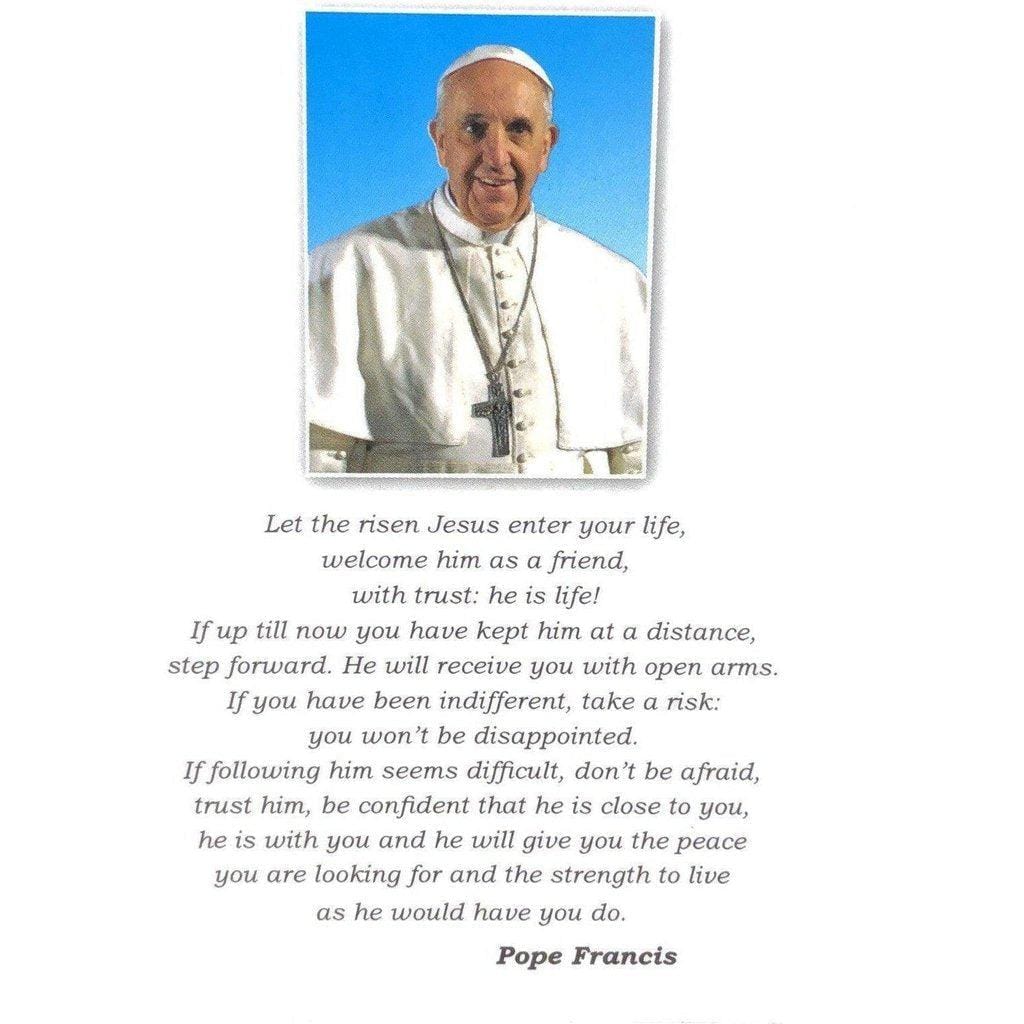
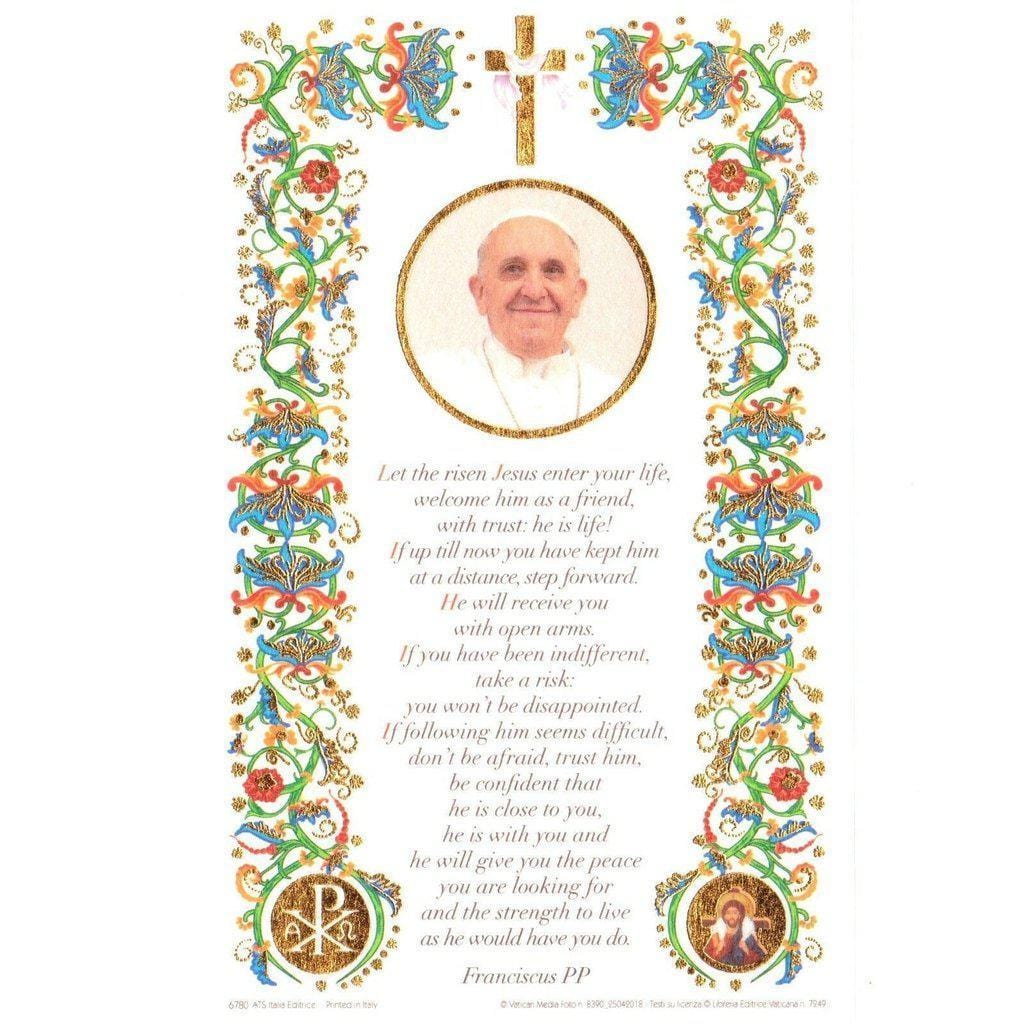
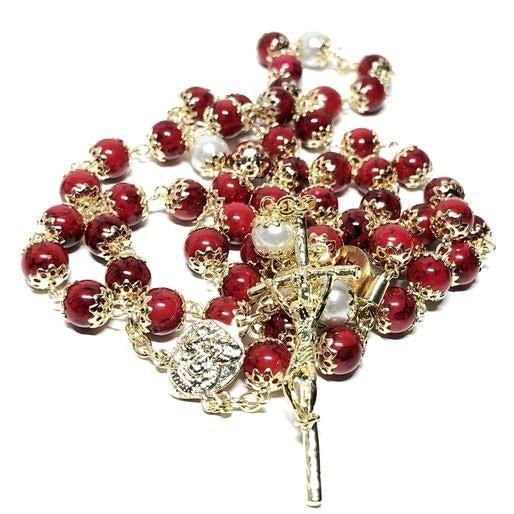
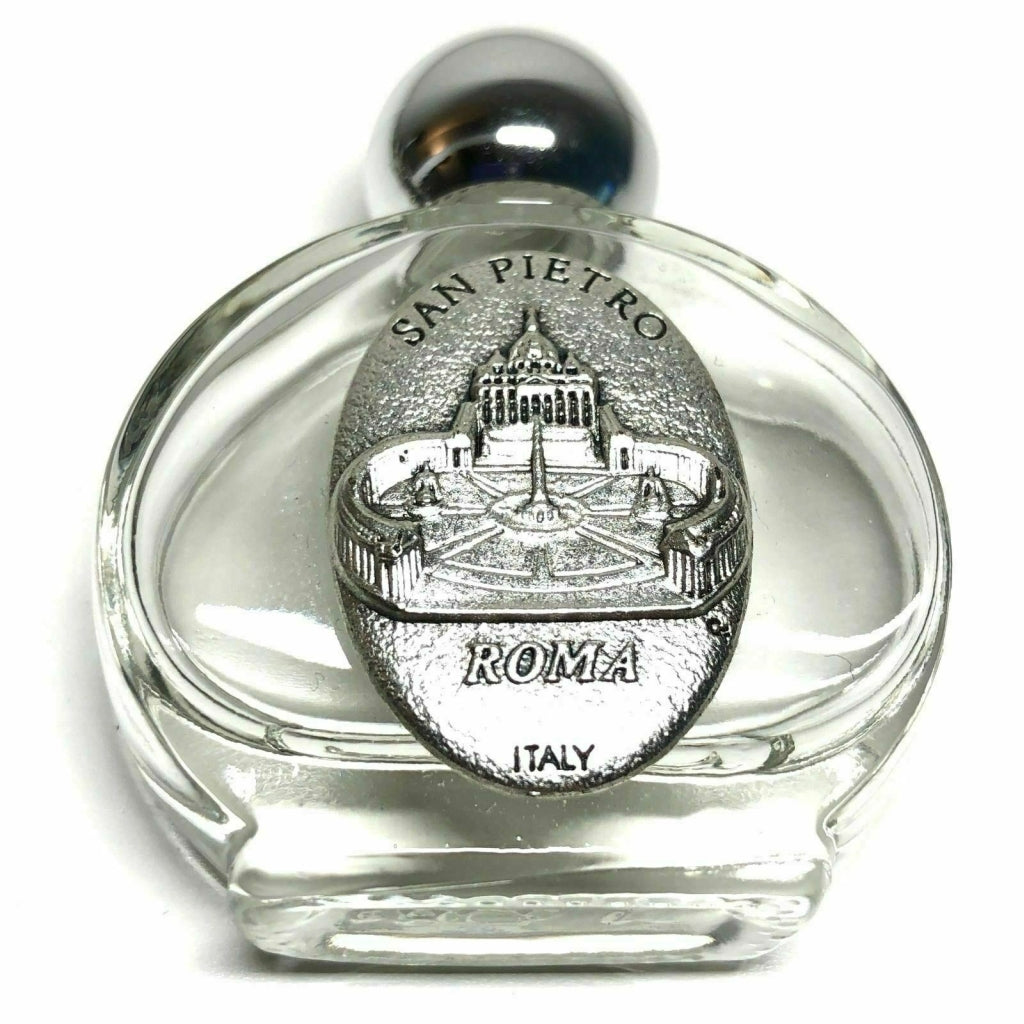
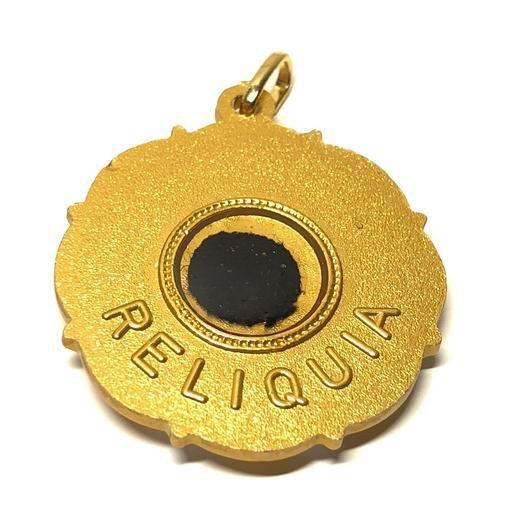
3 comments
BONJOUR. LE CORPS DE PADRE PIO EST TOUJOURS INTACTE, NE LUI A T ON PAS POSE UN MASQUE DE CIRE ? CERTAINS SCIENTIFIQUES SONT ILS SEPTIQUES ? A T ON PU. ESSAYER D E TROUVER UNE EXPLICATION RATIONNELLE AUX STIGMATES ? OU. LE MYSTERE. EST IL TOUJOURS ENTIER? MERCI. D’AVANCE UN LECTEUR AGNOSTIQUE DIDIER. BALLOT
Merci 🙏🕊️✨✨💫
Je suis bouleversée par la découverte de la Vie de Padre Pio
Je suis née un 7 Août et me sens reliée.
Merci à vous🙏 Ariane
During a healing, did Padre Pio play, maybe a few notes, piano? I have epilepsy and Pope Francis asked me to write a opera. First he asked me to become a nun but my wanted me to watch over her. She is now in a nursing home. I got interested in Padre Pio when I was little. I have info on him. Oh I worked with teens who didn’t want to go to mass. They were taken to CRM conference’s and at one the made speaker spoke to them first. He gave them books on a teen forgiveness prayers. When they got home TV’s were put on and St Padre Pio was on having mass. At our next meeting they said that they didn’t want to go to mass on Sunday only. Now it was asap. They now asked what more they could do for the church. Thank God! Oh back with the piano. I had a small vision of him doing that.